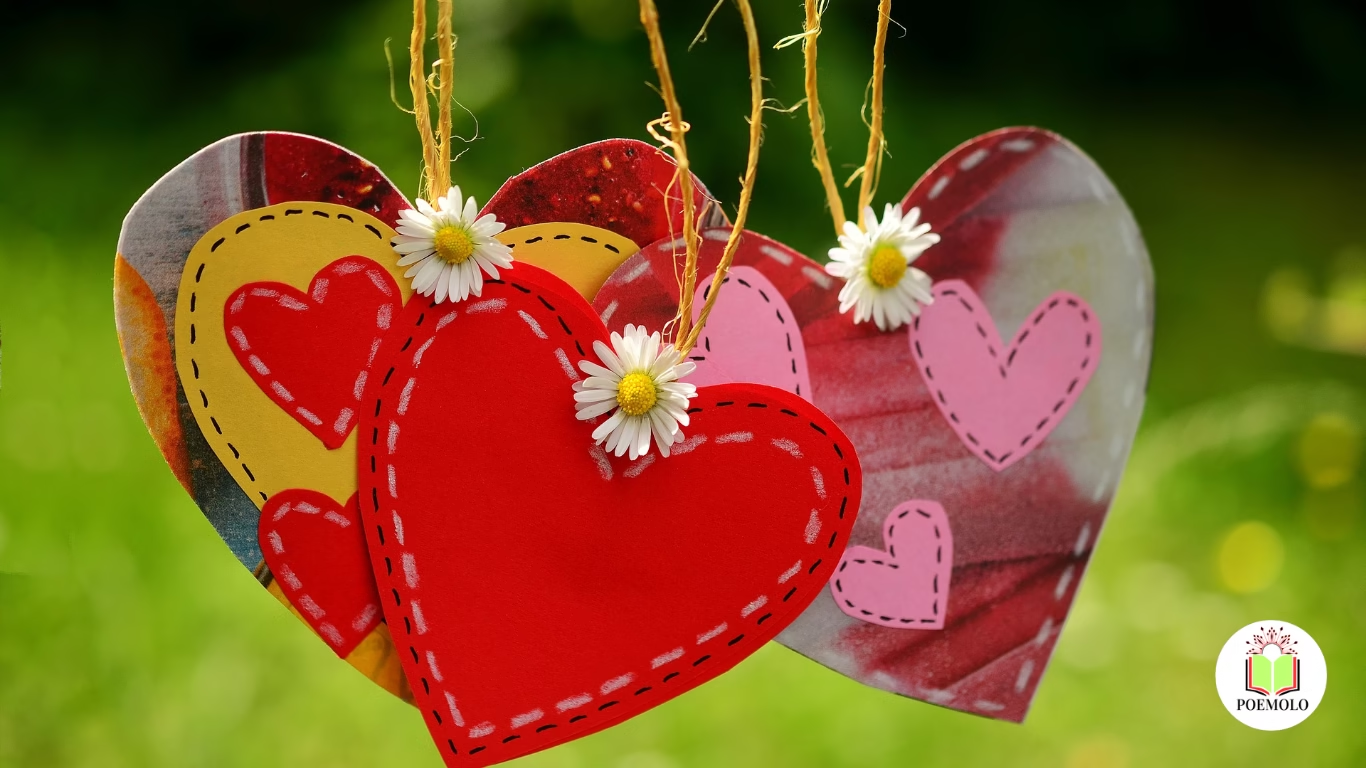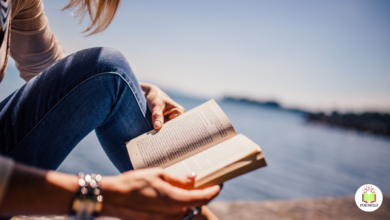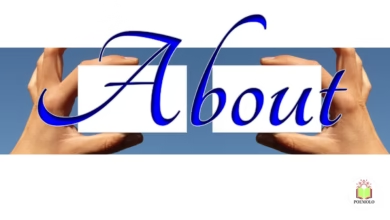Poetry is one of the oldest forms of human expression. It transcends time, geography, and culture, allowing people from diverse backgrounds to connect through shared emotions, stories, and experiences.
Whether it’s a love poem from ancient Greece or a modern-day spoken word piece shared via social media, poetry has the power to unite individuals and create understanding between cultures. This article delves into the power of poemac, focusing on how poetry connects hearts across cultures.
What is Poemac?

Before we explore how poetry connects us, let’s define poemac. While the term may not be widely recognized in the literary world, we can interpret poemac as a symbolic representation of poetry in its most universal form.
Poemac refers to poetry that transcends cultural, linguistic, and temporal barriers—poetry that connects people across nations, beliefs, and backgrounds. It is poetry that speaks directly to the human soul, regardless of where someone is from or what language they speak.
Related article:April Poem by Mary Oliver
In this sense, poemac represents the idea that poetry is not confined to a specific group of people or a particular place. It’s an art form that speaks to humanity at large, offering shared experiences and common ground even when cultures differ.
The Silent Dance
In the quiet of the evening sky,
Where whispers of the wind drift by,
There’s a rhythm, soft and sweet,
A melody beneath our feet.
No words are spoken, yet we know,
A language ancient, hearts in tow,
The pulse of life, the beat of time,
A silent dance, a silent rhyme.
The moonlight falls in silver streams,
Catching fragments of our dreams,
In that moment, all is clear,
A truth that we hold dear—
That love is not a loud refrain,
Not a voice that calls in vain,
But the quiet in the night,
Where souls embrace in gentle light.
So dance, though no one sees the sway,
In the stillness, we find our way.
The song is whispered, soft and deep,
In hearts that wake, in hearts that sleep.
| Aspect | Details |
| Title | “The Silent Dance” |
| Theme | Love, Connection, Silent Communication |
| Tone | Calm, Reflective, Gentle |
| Mood | Peaceful, Serene, Introspective |
| Imagery | Use of natural elements like moonlight, wind, and night to convey a sense of quiet beauty and emotional depth. |
| Symbolism | Moonlight as a symbol of purity and truth, dance as a metaphor for connection and life’s flow. |
| Structure | Free verse with no fixed rhyme or meter, reflecting the theme of natural, organic flow. |
| Literary Devices | Metaphor: The dance represents the rhythm of life. Personification: “The wind drift by,” giving life to natural elements. |
| Key Lines | “In the quiet of the evening sky” – sets the peaceful tone. “A silent dance, a silent rhyme” – reinforces the theme of unspoken connection. |
| Voice/Perspective | First-person plural (“we”), making the poem inclusive and universal. The use of “we” suggests collective experience and shared emotions. |
| Message | The poem explores the idea that true connection, love, and understanding often happen in silence, beyond words or external expressions. |
| Context | The poem’s simple and reflective nature invites the reader to contemplate personal connections, life, and the beauty of the silent, unnoticed moments. |
This analysis table breaks down the various elements that contribute to the poem’s deeper meaning and emotional impact. Each aspect is connected to how the poem conveys its themes and overall message.
The Universal Appeal of Poetry
At its core, poetry speaks to the human experience—the emotions, thoughts, and struggles that define us as individuals. Whether in ancient times or today, poetry taps into deep-seated emotions like love, grief, hope, joy, and despair.
These emotions, although expressed differently across cultures, are universally felt, making poetry a universal language. What makes poetry unique is its ability to encapsulate complex feelings into a few powerful words or verses.
Related article: A poem of love: Hanoun and Daleth’s Chapter
For example, the poetry of Rumi, the 13th-century Persian poet, mystic, and philosopher, continues to resonate with readers across the world. Despite writing in a language and cultural context very different from that of modern readers, Rumi’s poems about love, spirituality, and longing continue to move people across the globe.
His words are timeless because they tap into universal feelings that everyone can relate to, regardless of where they come from. This timeless appeal is what gives poemac its power—it speaks to the hearts of readers, regardless of nationality or language.
Similarly, the poems of Matsuo Basho, the Japanese haiku master, convey the beauty of nature and the human connection to the earth in a way that continues to resonate globally. His work captures fleeting moments of beauty that all human beings can appreciate, no matter their background.
Poetry, in this sense, acts as a cultural bridge, connecting people across boundaries of time and geography.
Poetry as a Cultural Bridge
Poetry serves as a powerful tool for cultural exchange. Through the translation of poetry, poets from different linguistic and cultural traditions can share their work with a broader audience.
The process of translation opens the doors for readers to experience poetry from cultures that may seem foreign to them. Poetry helps us understand the unique experiences of others, making it easier to empathize and connect with them.
Pablo Neruda, the renowned Chilean poet, is an excellent example of how poetry transcends cultural boundaries. His poems, filled with passion, politics, and reflection on love, have been translated into many languages, allowing them to reach a global audience.
For readers who do not speak Spanish, Neruda’s poems provide a window into the culture and history of Latin America while also offering universal themes of love, justice, and human rights.
Likewise, Walt Whitman—an American poet whose work explores democracy, individualism, and the human spirit—has resonated with people around the world. Whitman’s poems embody universal truths that transcend the American experience, making them relatable to readers from many different countries.
As more poetry is shared and translated, it becomes evident that poetry is not confined to one particular culture but is, in fact, a global force for unity.
Poetry festivals around the world, such as the Poetry International festival in Rotterdam or the World Poetry Day celebrations held by UNESCO, showcase the importance of poetry in building cultural bridges. These events feature poets from diverse cultural backgrounds who share their works and connect with audiences from different parts of the world.
Whether through live readings, performances, or literary panels, poetry serves as a common ground where people from various walks of life can meet and engage with one another.
The Emotional Impact of Poetry Across Cultures

The emotional power of poetry is universal. One of the unique aspects of poetry is its ability to stir emotions that we might not even know we had. It can elicit feelings of joy, nostalgia, longing, sorrow, and hope—emotions that resonate with people no matter where they are from.
The beauty of poetry is that, while it is often deeply personal, it also has a way of uniting individuals through shared feelings.
Consider Langston Hughes, one of the most important figures in the Harlem Renaissance. His poetry is rooted in the African American experience, yet his words have an enduring global appeal. Hughes’ poems about freedom, identity, and struggle resonate with people around the world who have faced oppression and marginalization.
Related article: Mary Elizabeth Frye Poems
In his poem, “I, Too”, Hughes writes about the experience of racism and segregation, yet his words convey a message of hope, resilience, and unity that crosses cultural lines.
Similarly, Maya Angelou’s work, which addresses themes of identity, resilience, and self-empowerment, speaks to readers across cultures. Her poems like “Still I Rise” or “Phenomenal Woman” have inspired people of all backgrounds, showing that poetry’s emotional power can transcend barriers and unite people in a shared experience of overcoming hardship and embracing their inner strength.
The power of poetry to stir emotions has the potential to foster empathy between individuals from different backgrounds. When we read a poem about a different culture or experience, we connect with the emotions of the poet, which opens us up to understanding that culture more deeply.
This emotional connection leads to greater cultural understanding and can help dismantle stereotypes, promote compassion, and create a sense of shared humanity.
The Role of Poetry in Social Change across Cultures
Throughout history, poetry has played a critical role in social and political movements. From the Vietnam War protests to the Civil Rights Movement in the United States, poets have used their words to challenge authority, express dissent, and advocate for justice.
This transformative power of poetry continues today, with poets using their voices to bring attention to issues like climate change, immigration, and gender equality.
In South Africa, poets like Dennis Brutus and Mazisi Kunene used their work to speak out against apartheid and the oppression of the black population. Through their poems, they gave voice to the marginalized and helped inspire a movement that sought equality and justice. Their poems were not just artistic expressions; they were calls to action that resonated with people around the world.
In Latin America, poets like Gabriela Mistral and Mario Benedetti used their poetry to reflect on the struggles of the common people and to challenge political systems that sought to oppress them. Benedetti’s poems about exile and dictatorship spoke to the broader human experience of displacement and loss, making his work relevant to readers far beyond his native Uruguay.
Today, poets continue to use their art to raise awareness about global issues. Poetry can spark discussions, inspire activism, and even change public opinion. By sharing their words across borders, poets connect people who are fighting for similar causes, thereby strengthening global movements for social change.
Poemac, in this sense, is a powerful tool for creating solidarity among cultures and encouraging worldwide collaboration in the fight for justice and equality.
The Digital Revolution and the Global Spread of Poetry
In the 21st century, the internet has further enhanced poetry’s ability to connect people across cultures. With social media platforms like Instagram, Twitter, and YouTube, poets can now share their work with a global audience in real-time.
The digital age has democratized access to poetry, allowing readers from diverse cultures to engage with poets and their work in ways that were not possible before.
Spoken word poetry has gained significant traction through platforms like YouTube and Instagram, where poets from different cultural backgrounds can perform their pieces and connect with viewers worldwide.
Poets like Sarah Kay, Phil Kaye, and Rudy Francisco have used these platforms to share their messages, which often speak to universal themes of identity, love, and social justice. These poets are able to reach audiences from all over the world, uniting them in a shared experience of emotional and intellectual engagement.
The use of social media also allows for the rapid exchange of poetry across linguistic and cultural boundaries. Readers from different cultures can engage with and comment on a poet’s work, creating conversations that transcend geography.
This digital revolution has led to the rise of online poetry communities, where poets and readers from around the world share their work, exchange ideas, and collaborate.
Conclusion
In conclusion, poemac—poetry that connects hearts across cultures—remains one of the most powerful forces for global unity. Whether through the emotional power of a poem, the cultural exchange facilitated by translations, or the social impact of poetry in challenging injustice, poetry has the ability to bring people together.
It speaks to universal human experiences, transcending language and cultural divides. The digital revolution has only enhanced this power, allowing poets to connect with audiences around the world in ways never before possible.
In a world where divisions often seem to dominate, poetry reminds us of the shared humanity that unites us. Through poemac, we can experience the beauty of different cultures, empathize with the struggles of others, and find common ground on which to build a more compassionate and just world. The power of poetry is timeless, and it will continue to connect hearts across cultures for generations to come.





